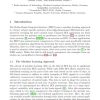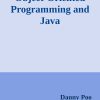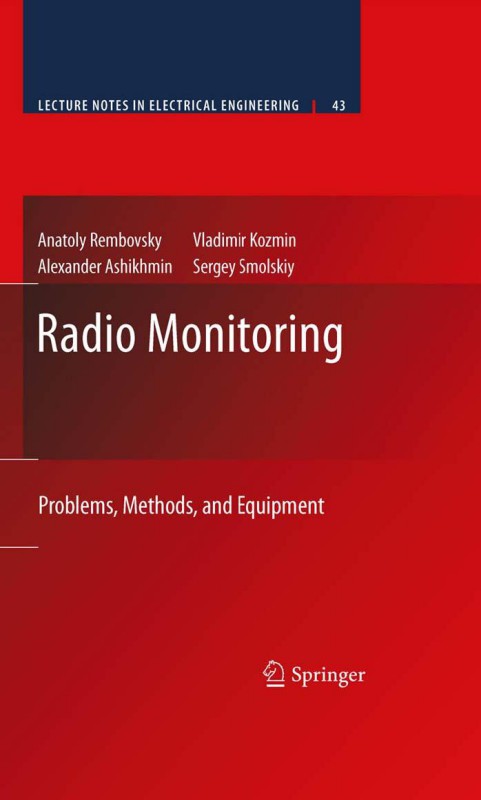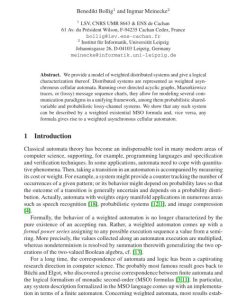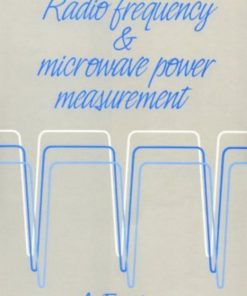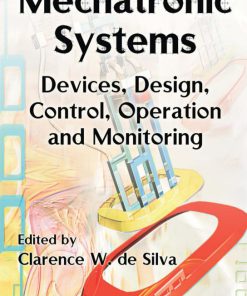Radio Monitoring Automated Systems and Their Components 1st edition by Anatoly Rembovsky, Alexander Ashikhmin, Vladimir Kozmin, Sergey Smolskiy ISBN 3319742760 978-3319742762
Original price was: $50.00.$25.00Current price is: $25.00.
Authors:Anatoly M. Rembovsky; Alexander V. Ashikhmin; Vladimir A. Kozmin; Sergey M. Smolskiy , Series:Electrical Engineering [26] , Tags:Technology & Engineering; Telecommunications; Microwaves; Measurement; Electrical , Author sort:Rembovsky, Anatoly M. & Ashikhmin, Alexander V. & Kozmin, Vladimir A. & Smolskiy, Sergey M. , Ids:9783319742779 , Languages:Languages:eng , Published:Published:Apr 2018 , Publisher:Springer , Comments:Comments:This book discusses the architecture of modern automated systems for spectrum monitoring including automation components: technical means for spectrum monitoring, special software and engineering infrastructure. The problems of automated system development for search and localization of unauthorized radio emission sources in open localities, mathematical methods and algorithms for modulation of parameter measurements for wireless communication as well as issues of identification and localization of radio emission sources are considered. Constructive solutions and modern technical means for radio monitoring and their application are given. Numerous examples are described for the implementation of automated systems, digital radio receivers and radio direction-finders, analyzers of parameters for GSM, CDMA, LTE, DVB-T/T2, Wi-Fi, DMR, P25, TETRA and DECT signals. Practical implementations of the described methods are presented in applied software packages and in radio monitoring equipment.


